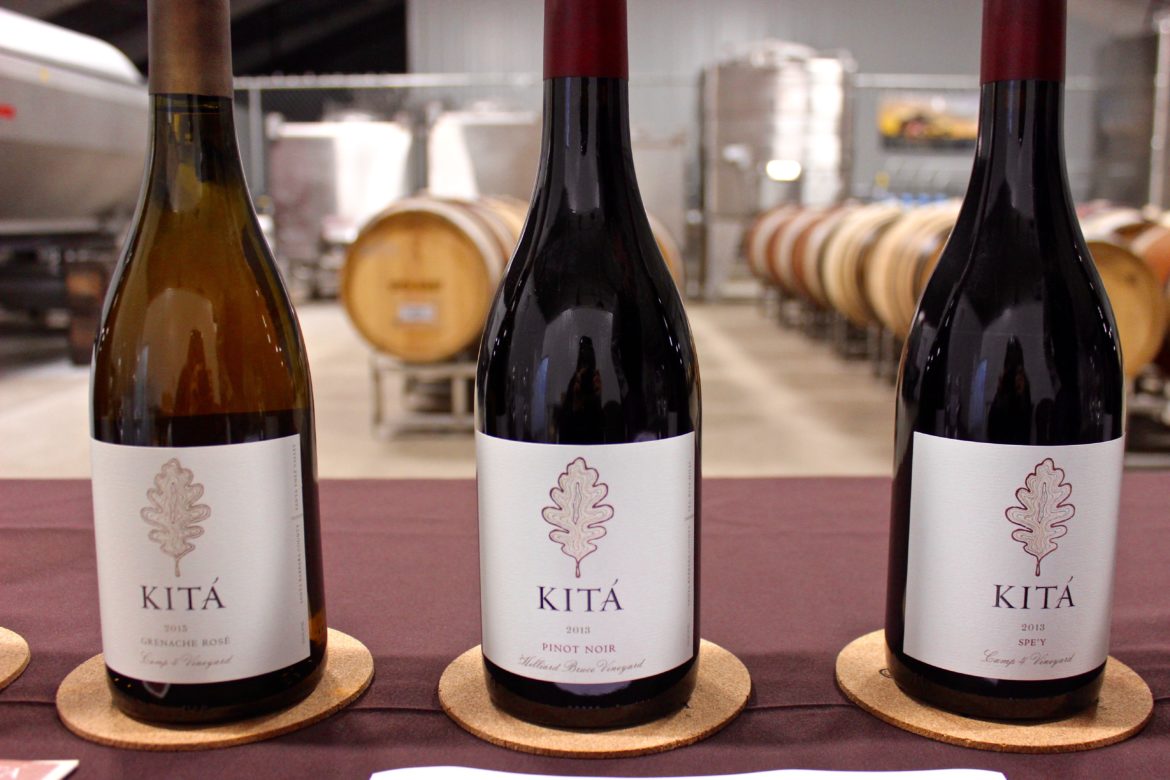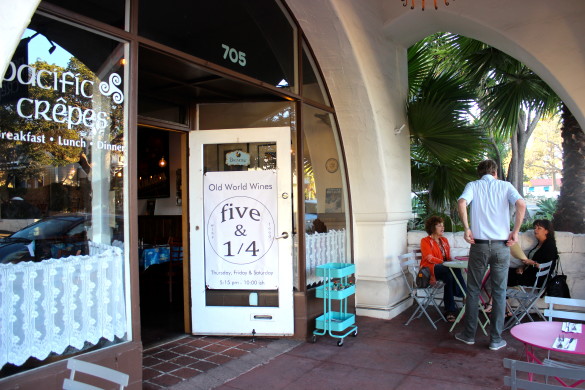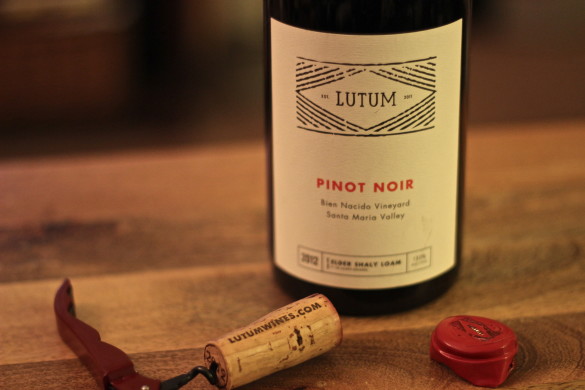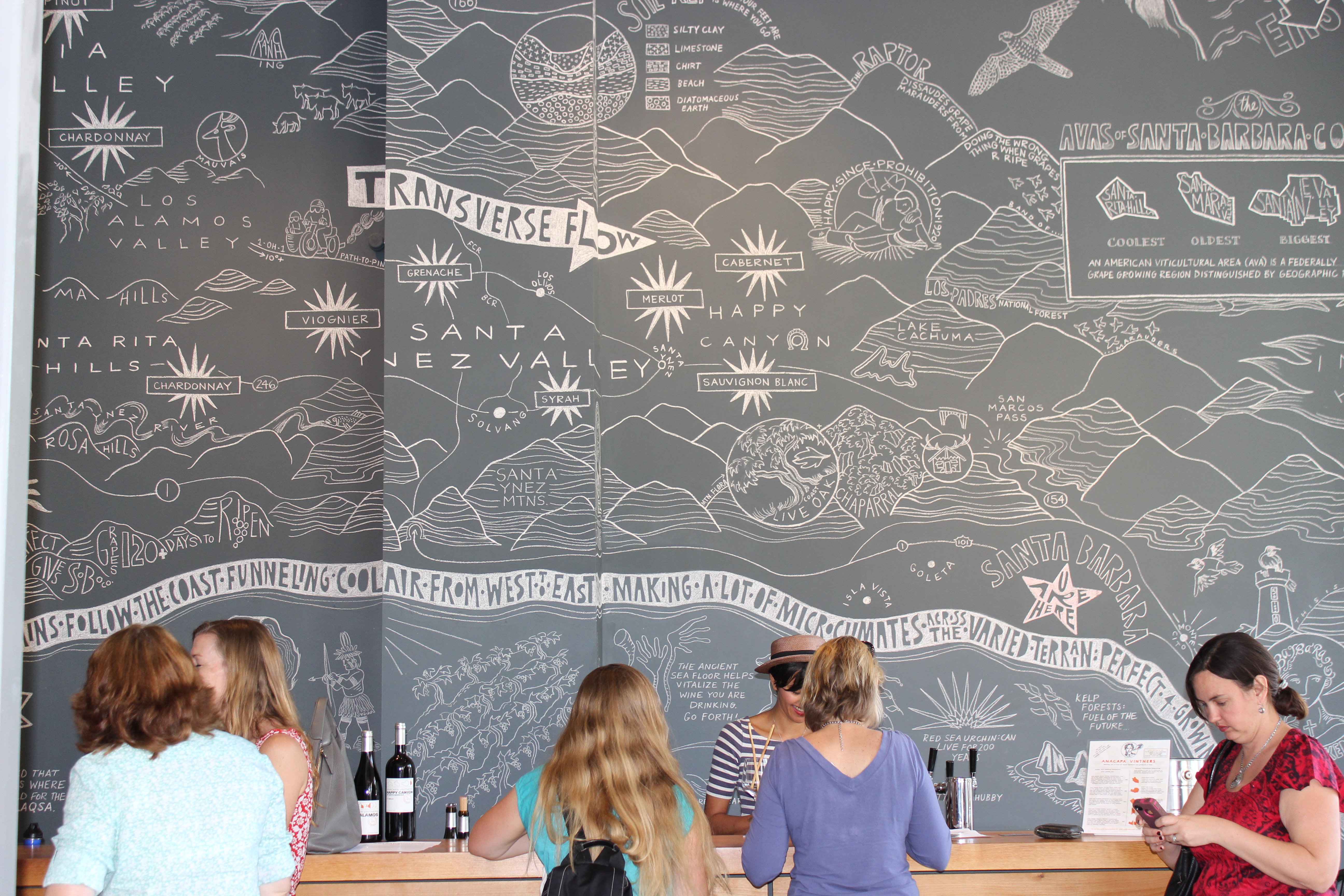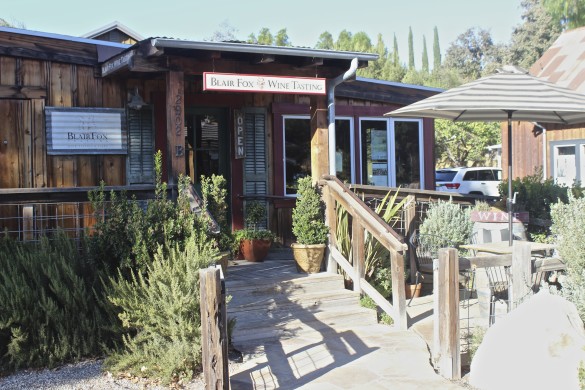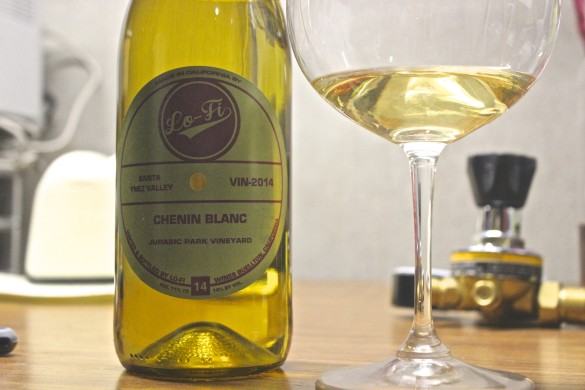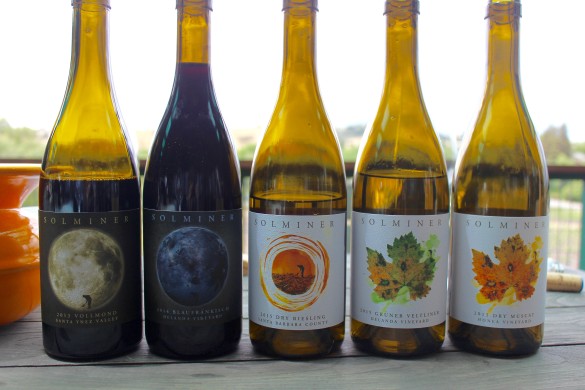It’s not every day that a Santa Barbara-area winery makes history. As the first winery owned by the Santa Ynez Band of Chumash Indians—who are the first tribe to own and operate both a winery and a vineyard—Kitá Wines has helped the Chumash put their stamp on the wine world.
Kitá Wines, which translates to “Our Valley Oak” in the Chumash native language of Samala, was founded in 2010. That same year, the tribe hired winemaker Tara Gomez, who also happens to be the daughter of the tribe chairman. While it’s true most people first associate the Santa Ynez Band of Chumash with their casino, myself included, I knew it was time to get to know another side of the Chumash Indians—as serious players in the wine industry. So, on an uncharacteristically cold morning, I set out to meet with Tara at Kitá’s winemaking facility in the Lompoc Wine Ghetto.

Tara fell into winemaking through her love of nature. As a kid, she loved exploring nature, looking closely at things through her microscope. It wasn’t long before that fascination grew into an interest in wine and later, with the help of a scholarship from her tribe, she entered the enology program at California State University Fresno.
While at CSU Fresno, she interned at Fess Parker Winery, where she was hired as the enologist after graduation. After several years at J. Lohr Vineyards in Paso Robles and the launch of her own label, Kalawashaq, she decided to spend some time abroad traveling and working harvests in Spain.
Upon returning to the United States in 2010, she was hired by her Chumash tribe to be the winemaker for Kitá Wines. That’s the same year the tribe purchased Camp 4 Vineyard, the 256-acre vineyard planted by the late Fess Parker. Starting with just three varietals—Cabernet, Grenache and Syrah—they’ve since expanded to work with over a dozen grapes. While Camp 4 has been the main source of Kitá’s production from the start, they now also source from Hilliard Bruce Vineyard on the western edge of the Sta. Rita Hills.
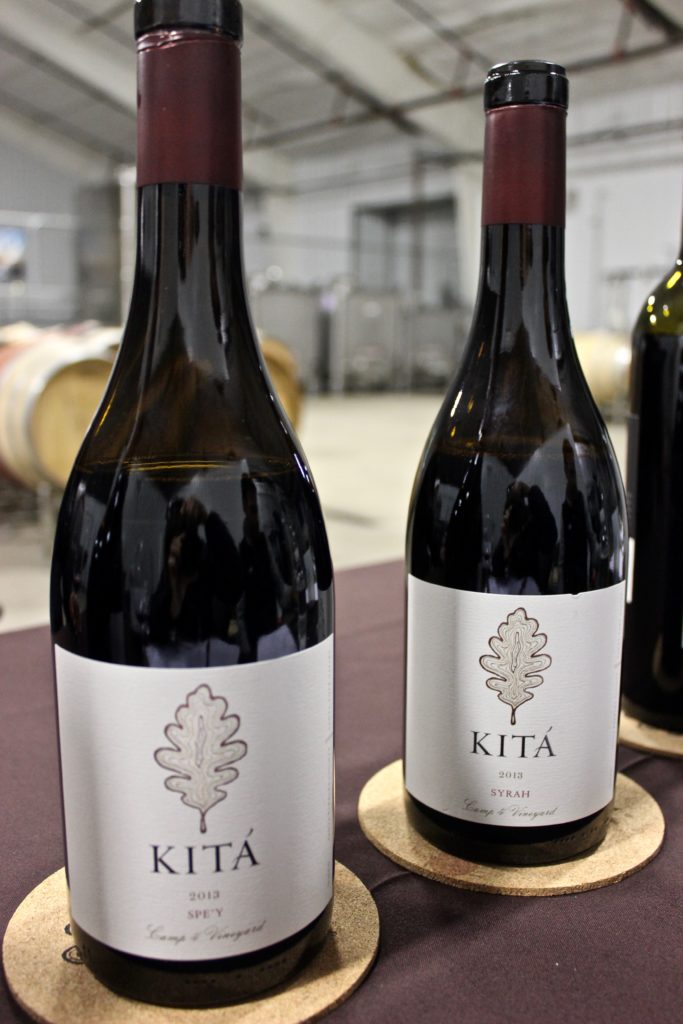
Today, production is around 2,000 cases annually with 11 wines in the portfolio—from Chardonnay and Pinot Noir sourced from Hilliard Bruce Vineyard to single varietal wines and blends from Camp 4 Vineyard. Regardless of the source, Tara says the goal at Kitá Wines is simple: to create wine that is a “true union between soil, climate, location and fruit.” A connection to the land and ancestors is important to the Chumash tribe, so respecting the earth and spirit of the Santa Ynez Valley is what drives Tara’s winemaking philosophy.
THE WINE
As we taste through the wines, I ask her about the significance of the names of the blends, like the white Rhône blend called T’aya, meaning “abalone shell,” and the red blend Kalaš, meaning “breathe.” Apparently, those are meant to represent the natural elements of life in the native Samala language—air, water, land and fire.
I take a sip of the 2013 Spe’y ($30), a Grenache, Syrah and Carignane blend loosely based on the GSMs Tara encountered during her travels. Bursting with notes of blue fruit and baking spices, it’s a spicy take on a Rhône style blend. An easy choice to pair with something on the bbq this summer! Lovely. Also great with something grilled, I’m guessing, is the 2013 Syrah ($30). It’s loaded with notes of dark fruit, smoked meat and chocolate. Although rich, lively acidity keeps it from overwhelming the palate.
I also taste the 2013 Pinot Noir ($55). Garnet in color, the wine has appealing aromas of raspberry, earth and tobacco with red fruit on the palate. Made with about 15% whole cluster, it’s got voluptuous texture and a lengthy finish. Across the board, the wines strike a nice balance between acid, texture, fruit and alcohol all with an approachable price point. Seems to me like the Chumash (and Tara) have found their perfect union in wine!
PS – Look for Kitá Wines’ new tasting room located at the Lompoc Wine Ghetto — opening this summer!

